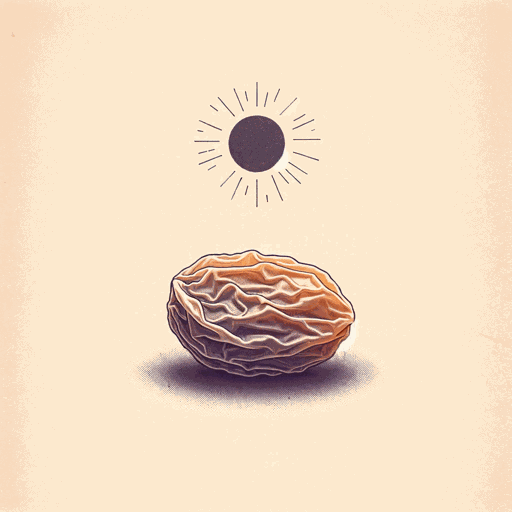18 pages • 36 minutes read
Langston HughesHarlem
Fiction | Poem | Adult | Published in 1951A modern alternative to SparkNotes and CliffsNotes, SuperSummary offers high-quality Study Guides with detailed chapter summaries and analysis of major themes, characters, and more.
Further Reading & Resources
Related Poems
“Long, too long America“ by Walt Whitman (1881)
Late-19th century American poet Walt Whitman was one of Hughes’s early influences. Although the styles are different, “Long, too long America” and “Harlem” share a strong musicality. They also turn a critical eye toward America. Whitman writes about a postwar America having to move from learning from “joys and prosperity only” (Line 2) to confronting “crises of anguish” (Line 3). Hughes writes of an America that still refuses to listen to everyone.
“Chicago“ by Carl Sandburg (1914)
Sandburg’s poem is a tribute to Chicago, flaws and all. It shares with “Harlem” a distinctive sense of rhythm and an unflinching use of vivid imagery. Both keep focus on workers, residents, and pride. Hughes cited Sandburg as another influence.
“We Wear the Mask” by Paul Laurence Dunbar (1895)
“We Wear the Mask” is Dunbar’s most famous work. It depicts African American pain in honest, heart wrenching imagery and rhyme, underscoring the disparity between public persona and inner truth through the metaphor of the mask.
“The Harlem Dancer“ by Claude McKay (1922)
Regarded as a pioneer of the Harlem Renaissance, McKay created layered, nuanced, and detailed depictions of Harlem and beyond.
Related Titles
By Langston Hughes
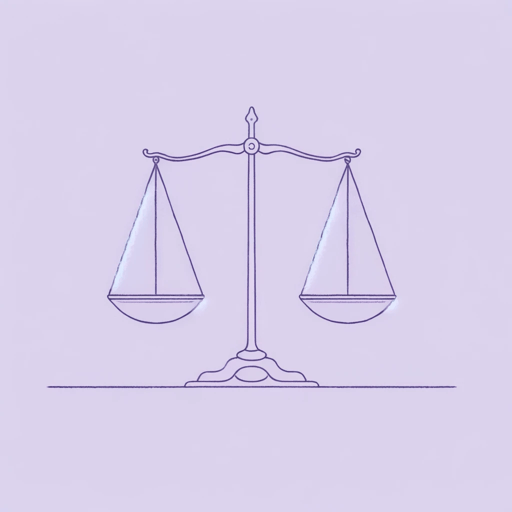
Children’s Rhymes
Langston Hughes

Cora Unashamed
Langston Hughes
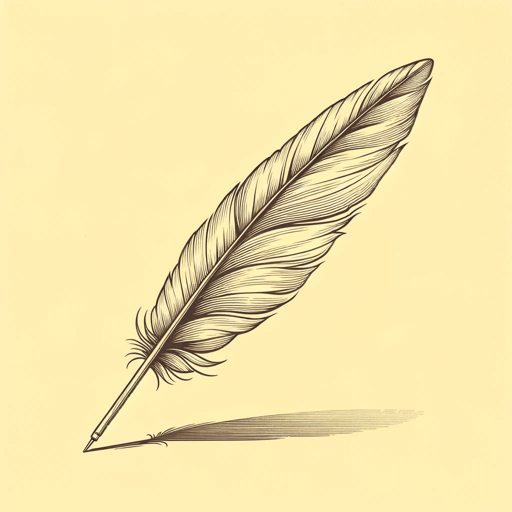
Dreams
Langston Hughes
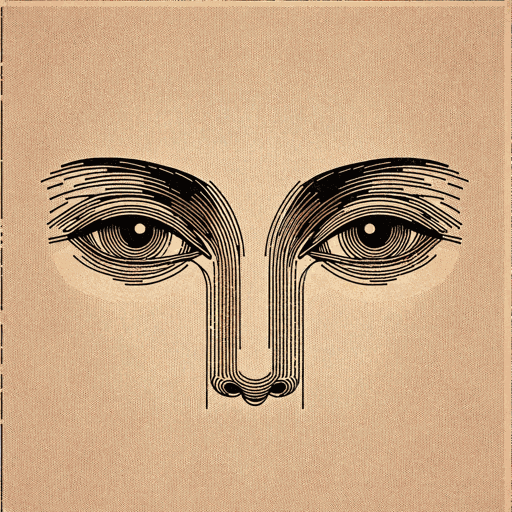
I look at the world
Langston Hughes
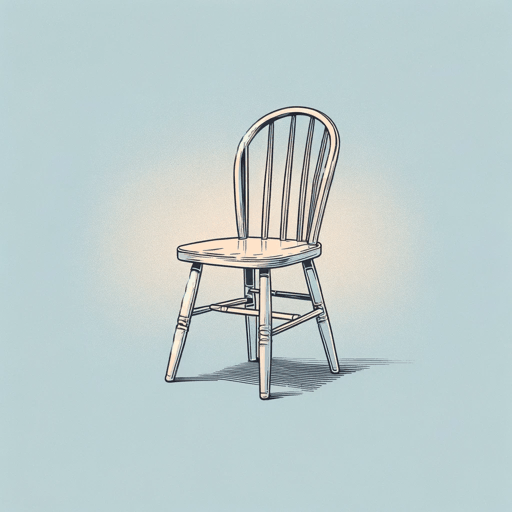
I, Too
Langston Hughes
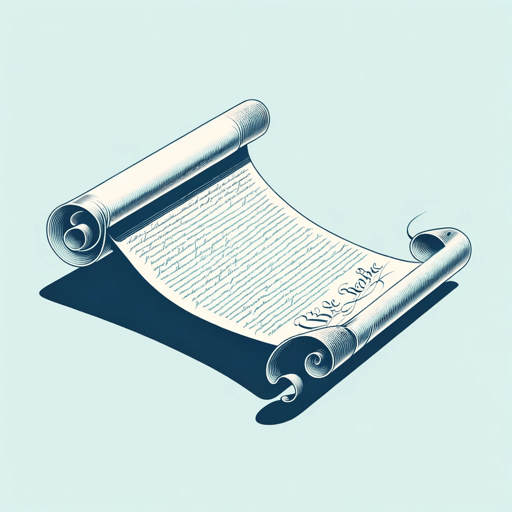
Let America Be America Again
Langston Hughes
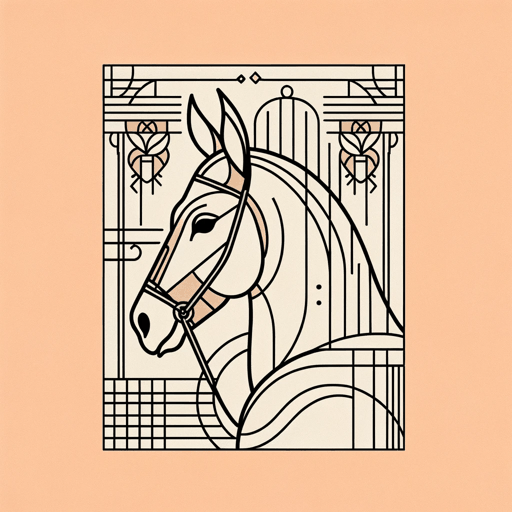
Me and the Mule
Langston Hughes

Mother to Son
Langston Hughes

Mulatto
Langston Hughes

Mule Bone: A Comedy of Negro Life
Langston Hughes, Zora Neale Hurston
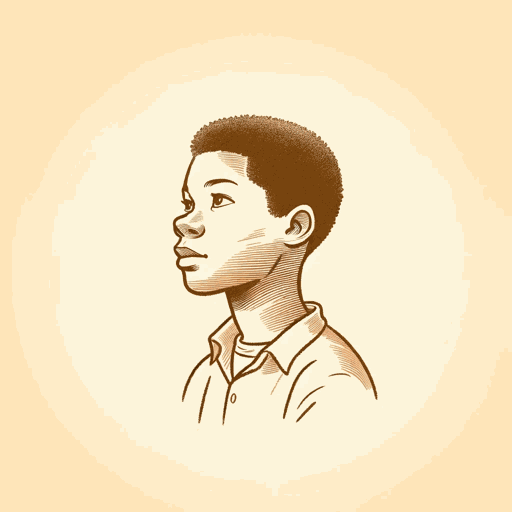
Not Without Laughter
Langston Hughes
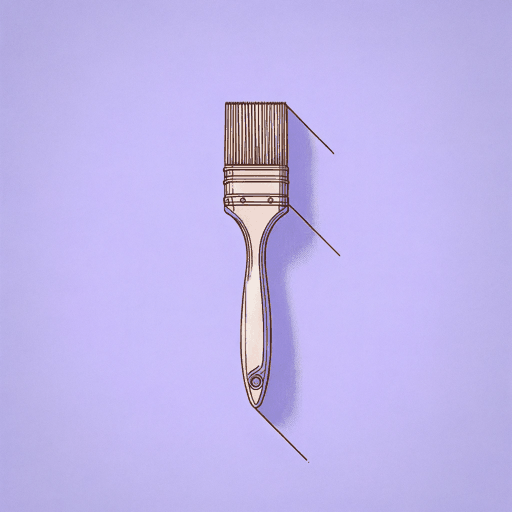
Slave on the Block
Langston Hughes
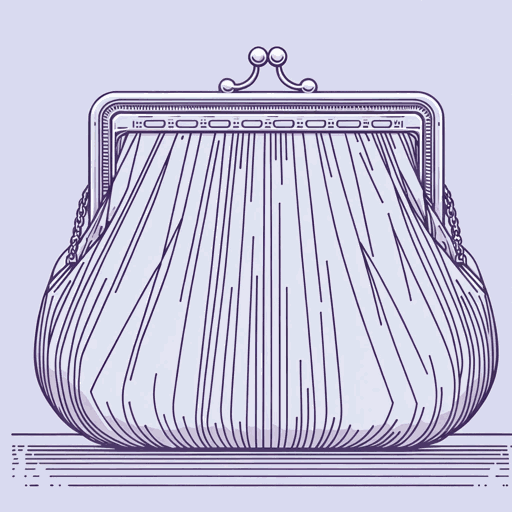
Thank You, M'am
Langston Hughes

The Big Sea
Langston Hughes
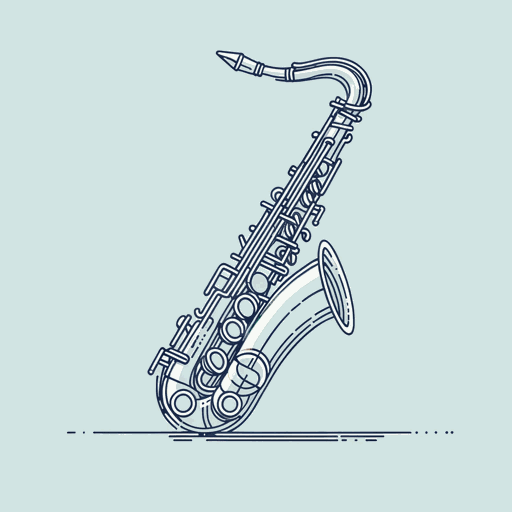
Theme for English B
Langston Hughes
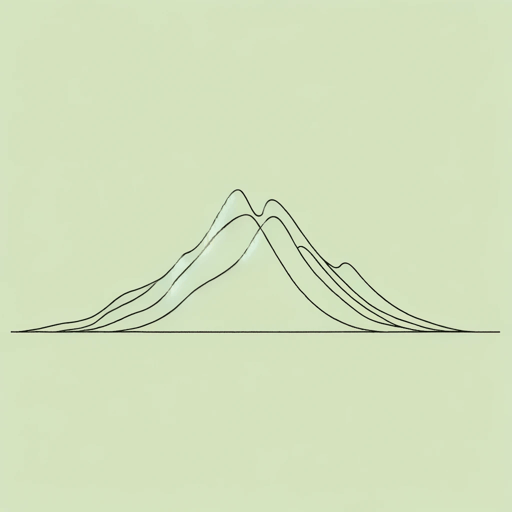
The Negro Artist and the Racial Mountain
Langston Hughes
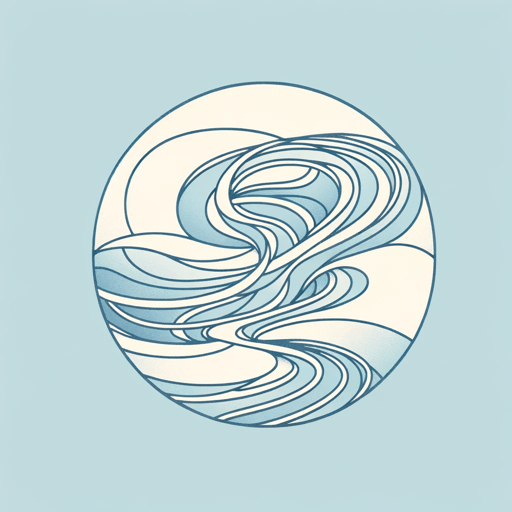
The Negro Speaks of Rivers
Langston Hughes
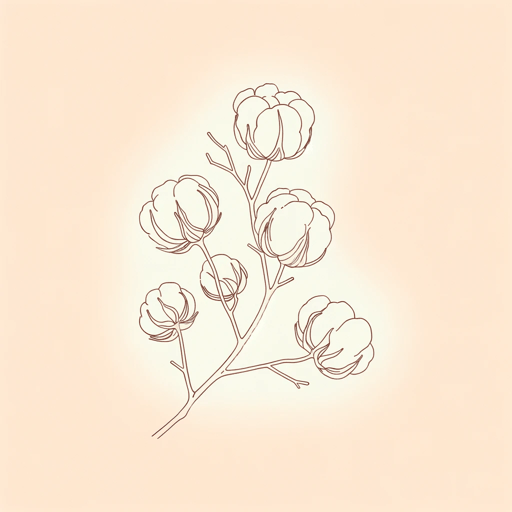
The Ways of White Folks
Langston Hughes
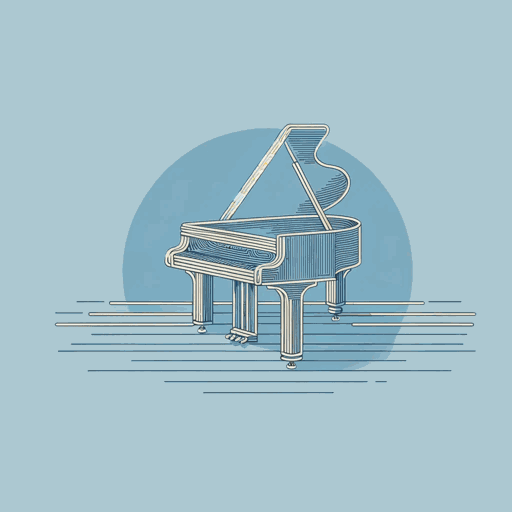
The Weary Blues
Langston Hughes

Tired
Langston Hughes
Featured Collections
African American Literature
View Collection
Black History Month Reads
View Collection
Books on Justice & Injustice
View Collection
Books on U.S. History
View Collection
Civil Rights & Jim Crow
View Collection
Equality
View Collection
Harlem Renaissance
View Collection
Nation & Nationalism
View Collection
School Book List Titles
View Collection
Short Poems
View Collection
The Future
View Collection
